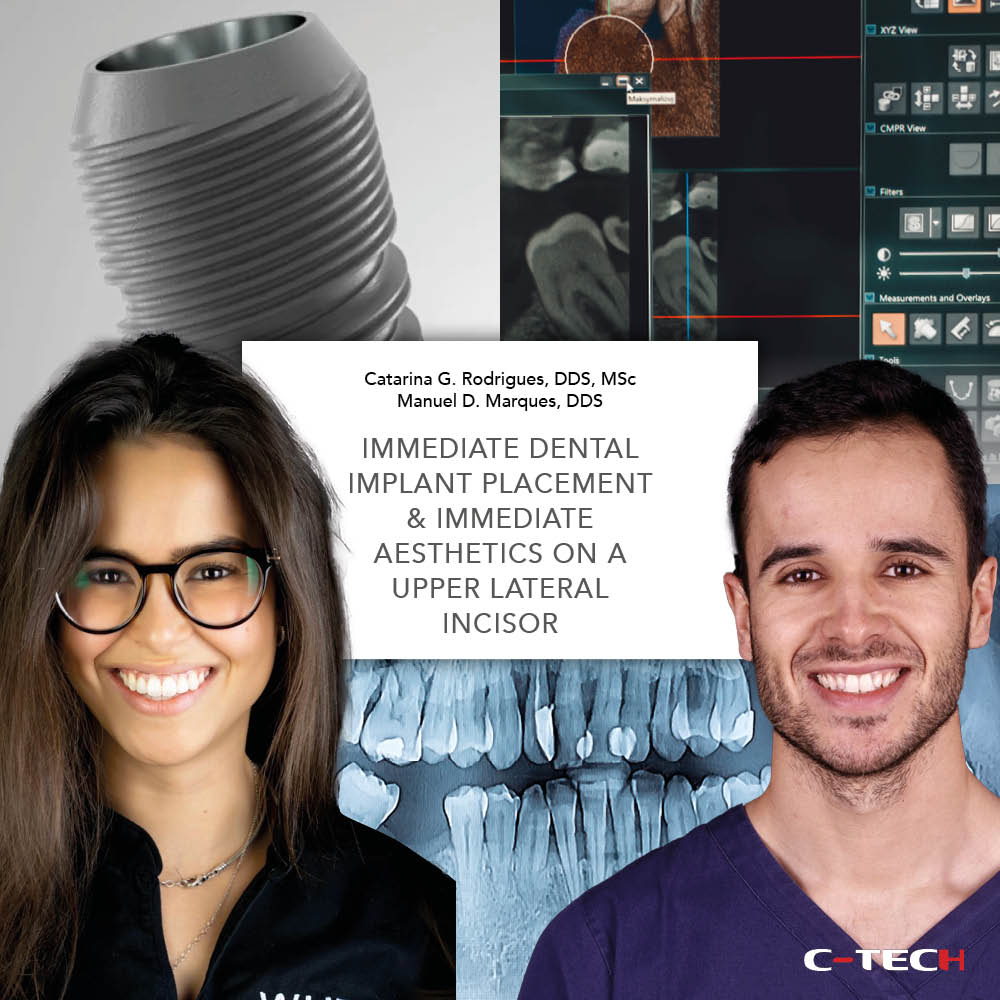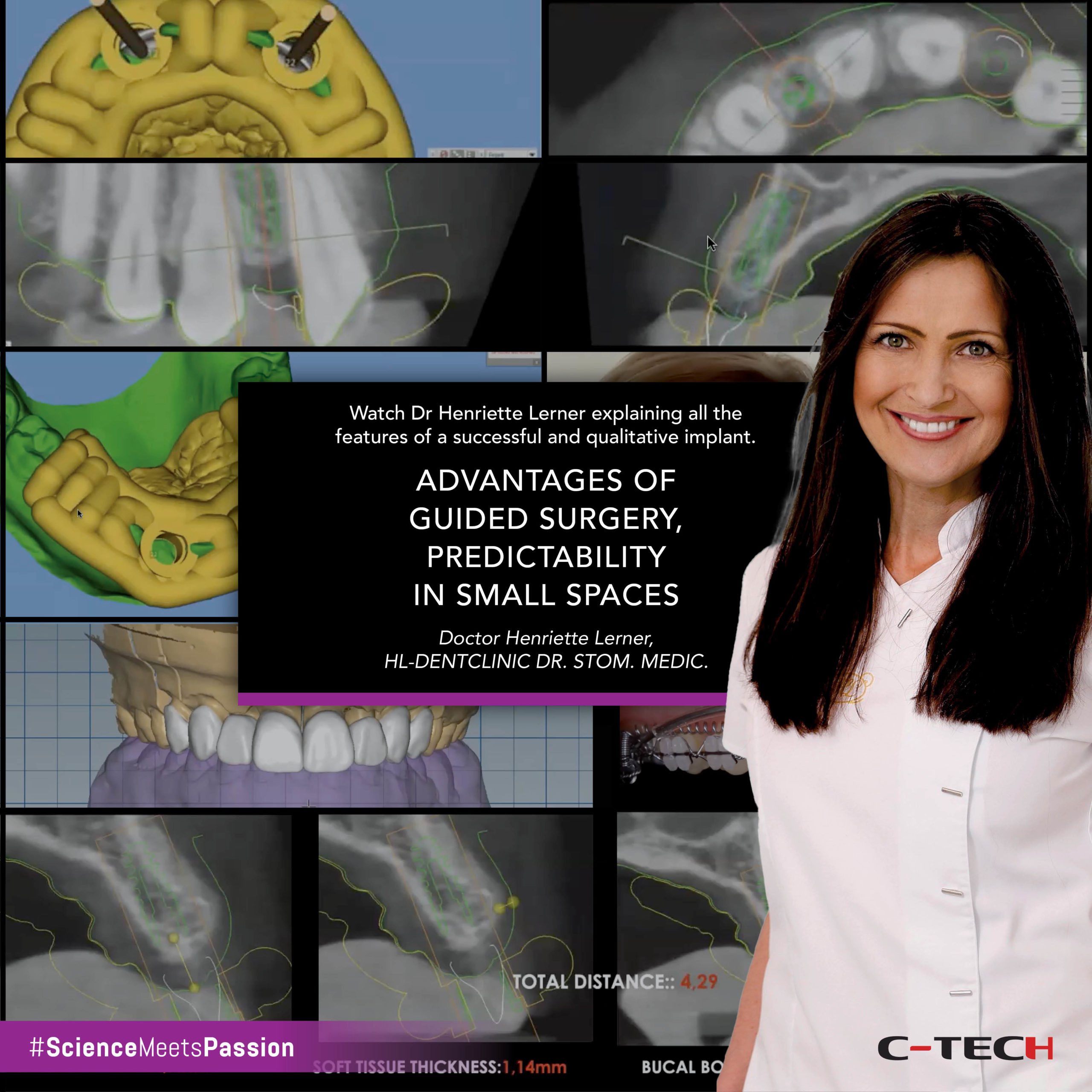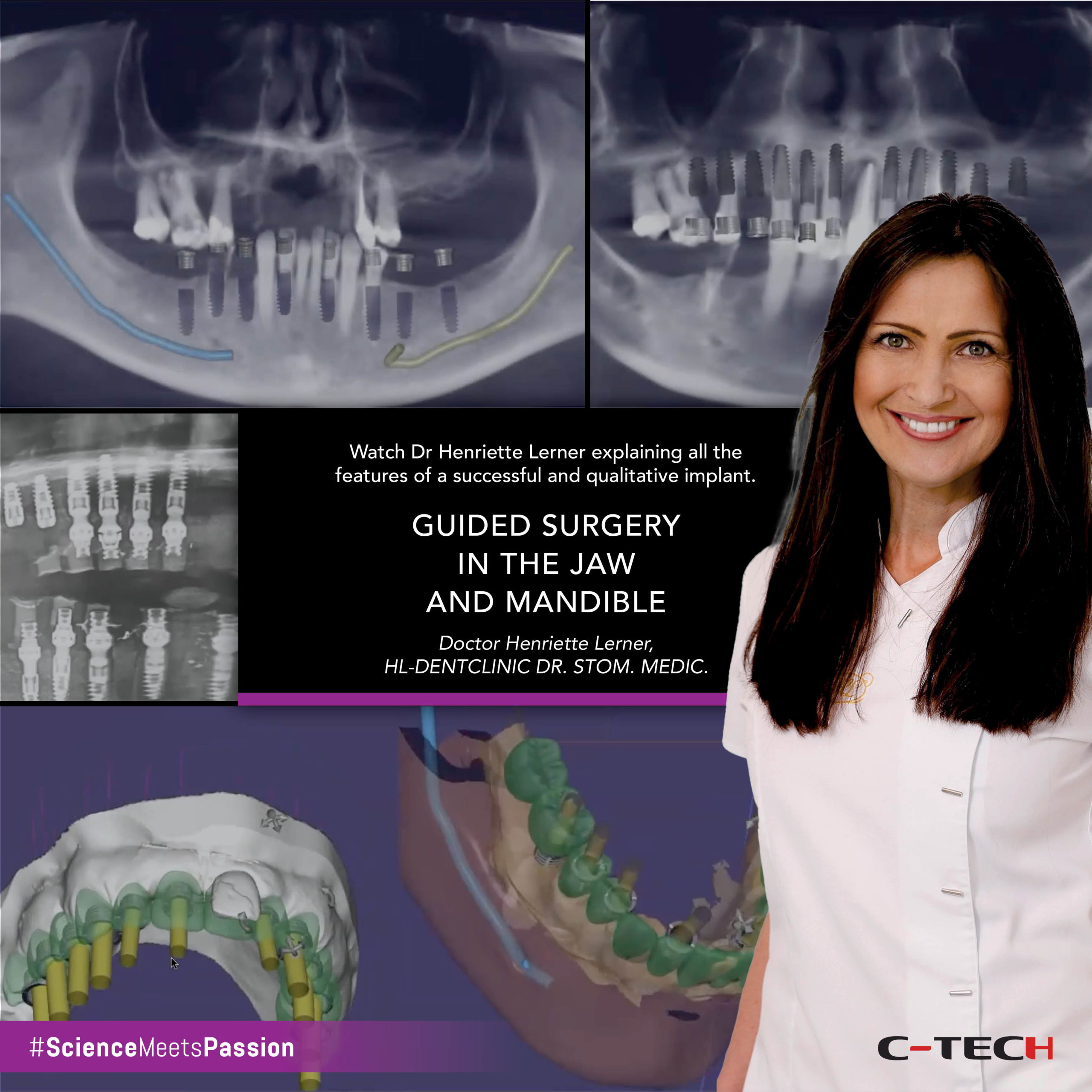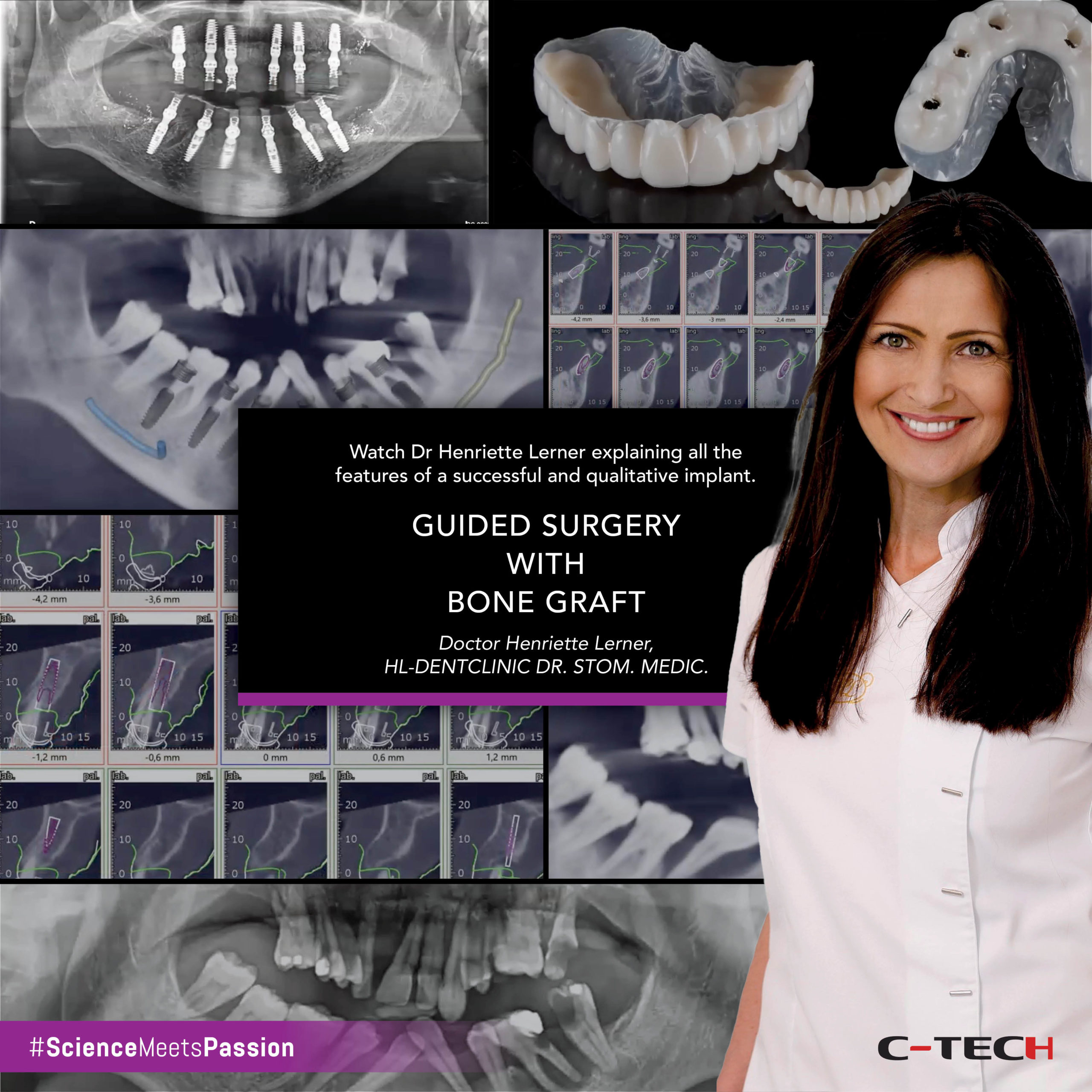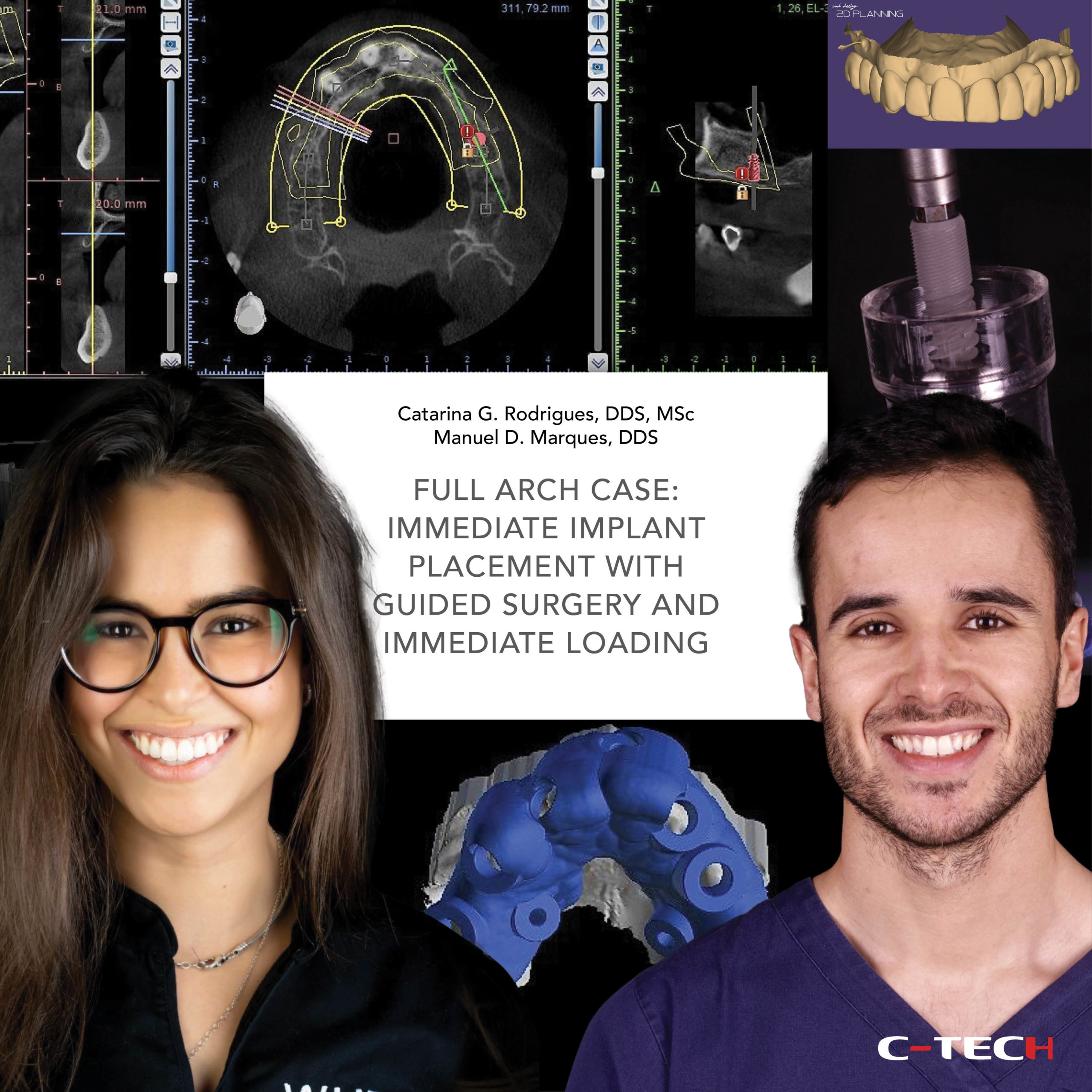Narrow implant in the upper jaw, 8-year follow-up
Doctor Peng Dong, the expert of tooth implantation in Peking University International Hospital and president of Beijing Hedu Stomatological Clinic Co., Ltd
Medical Case Report
| Sex / Age: Female/36 | |
| First Visit: 08/11/2014 | Implant Surgery: 08/07/2015 |
| Others Surgery (GBR…): 17/12/2014 | Final Restoration: 19/03/2016 |
| First Recall: 26/03/2016 | |
| Chief Complaint: Missing upper anterior teeth, the patient seeks implant restoration. | |
| Consideration(s): On-lay Bone Graft | |
CASE OUTLINE
Upper left teeth 1 and 2 were extracted due to trauma three months ago. The patient is in good health and has no other contraindications for surgery. Oral examination: Upper left teeth 1 and 2 are missing, with significant alveolar bone resorption. The mucosa shows no signs of redness or swelling. Teeth 1 in the upper right, 3 in the upper left, and 2 to 2 in the lower jaw are free of caries, stable, and the gums show no redness or swelling. The relationship between the upper and lower front teeth is deep overbite, class I. The overall oral hygiene is good, with no calculus, pigmentation, or soft plaque deposits. The gum tissue is firm and resilient, and there is no bleeding upon probing. CT scan results: The width of the alveolar bone for tooth 1 in the upper left is 3.6mm, with a height of 15.6mm. For tooth 2 in the upper left, the width is 1.5mm, with a height of 14.5mm, and there is a 13mm gap.
TREATMENT PLAN
In the initial phase, a 1.5cm*1.0cm segment of the right lower 8 cheekbone will be harvested and transplanted to the left upper regions 1 and 2 using an on-lay bone graft technique. After a period of six months, conventional implantation of C-Tech implants will be performed, with models EL-3509/ND-3011, one each. Following a three-month interval, temporary restorations will be created. Subsequently, after five months, impressions will be taken for the fabrication of permanent restorations using zirconia-based porcelain crowns.
TREATMENT
1. Under routine electrocardiogram monitoring, drape the area with disinfected cloths. Administer painless local anesthesia to the upper right tooth 3 to the upper left tooth 4.
2. Make incisions along the crest of the alveolar ridge for teeth 1 and 2 in the upper left region. Make a reduction incision on the cheek side for tooth 3 in the upper left region. Carefully reflect the gingiva and observe good bone healing, then remove the fixation screws.
3. For teeth 1 and 2 in the upper left region, create tapered boreholes measuring 3.0mm and 2.6mm, respectively. Implant C-Tech implants (Model: EL-3509 and ND-3011) with closure screws. Apply a torque of 25N for tooth 1 and 20N for tooth 2, and securely suture the area. Place sterile gauze rolls to control bleeding. Instruct the patient on post-operative care, including a 3-day course of oral antibiotics and rinsing with chlorhexidine mouthwash four times daily for two weeks.
4. Remove sutures after 10 days, confirming good wound healing with no redness and swelling in the soft tissues and presence of some soft plaque.
5. After 8 months, take an impression and replace the restorative abutment with Model: EL-4502F and ND-3025-2. Permanently fix it with adhesive fixation, and apply an oxidized zirconia porcelain crown for long-lasting restoration.

DISCUSSION
1. The patient is satisfied with the current condition of their teeth, and the dentures function and appear excellent.
2. There is no pain, abnormal sensation, infection, or damage observed after the implantation.
3. During the clinical observation period, there was no evidence of gum recession.
4. X-ray findings during the observation period indicate that the bone resorption around the neck of the implants in the left upper regions 1 and 2 is less than 0.2mm.


